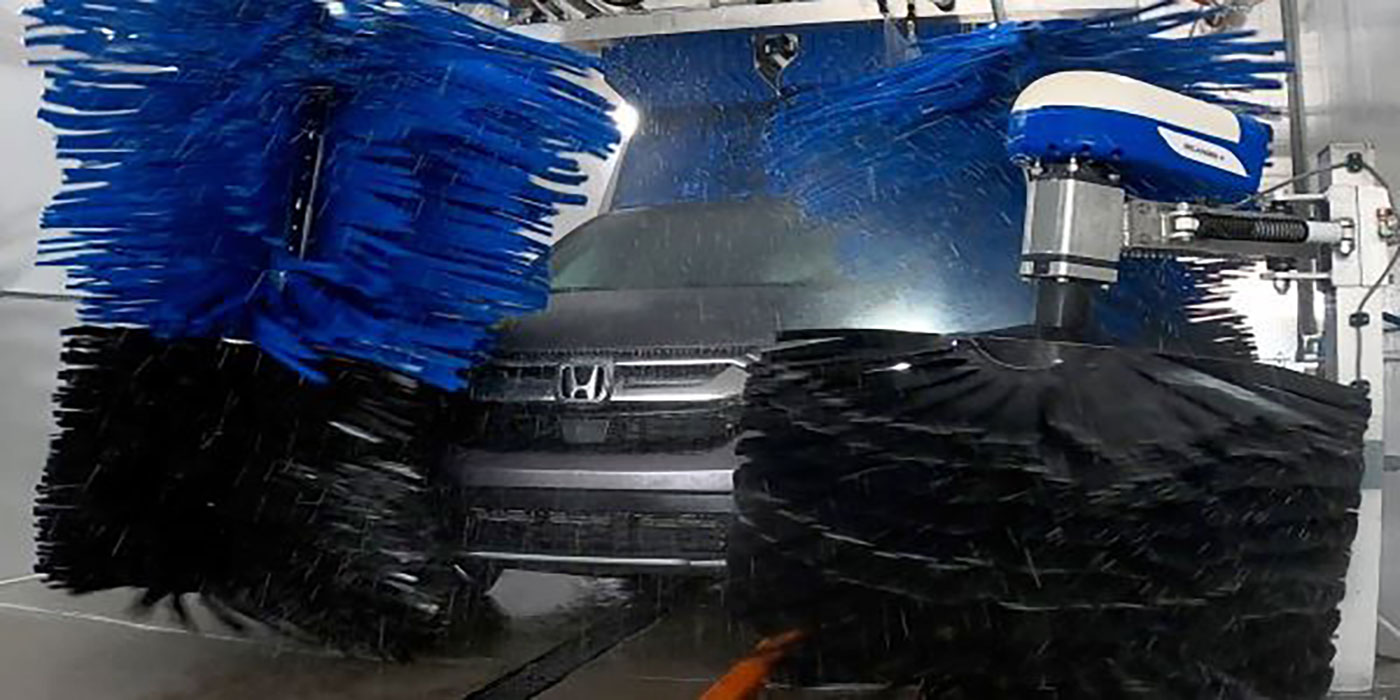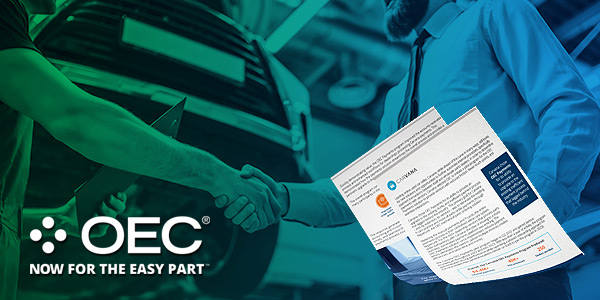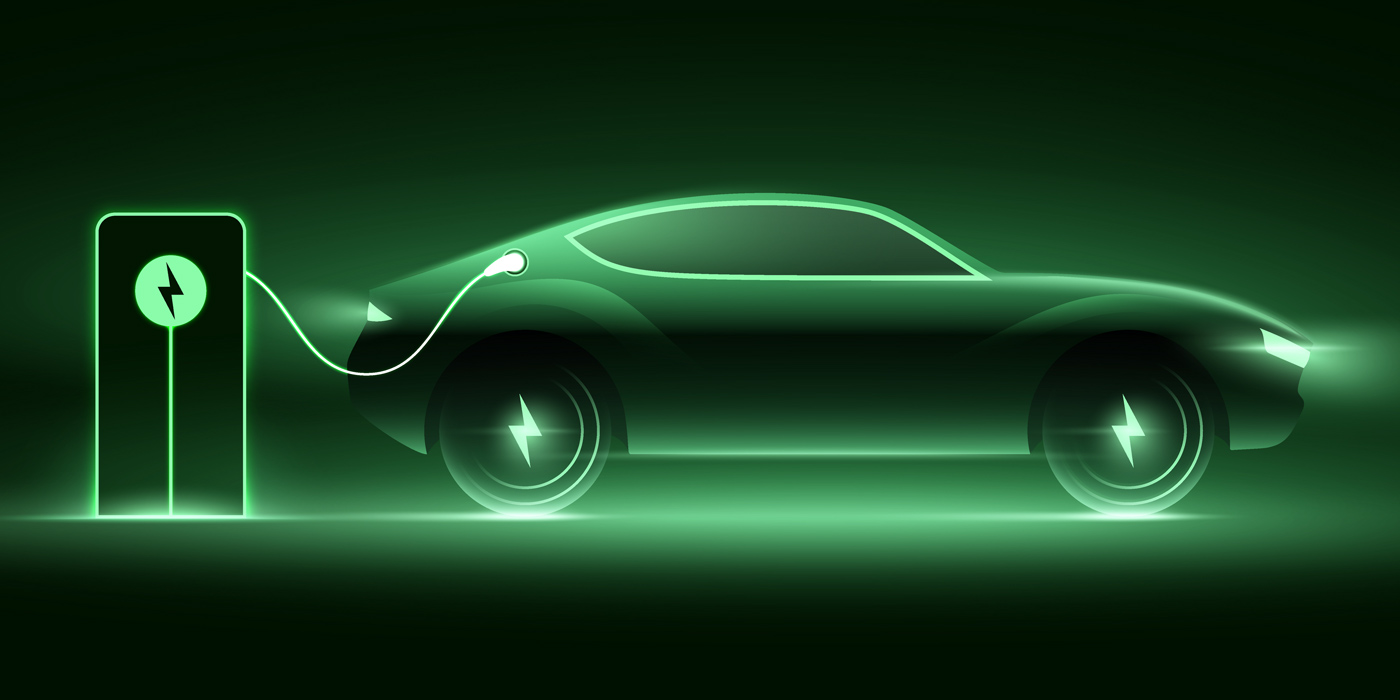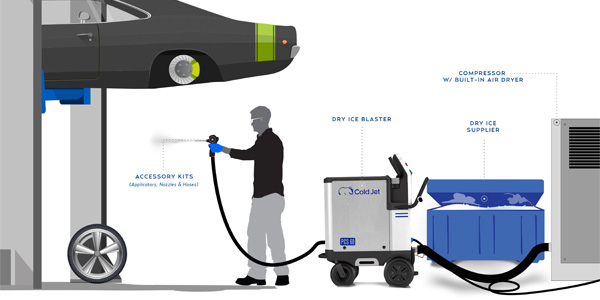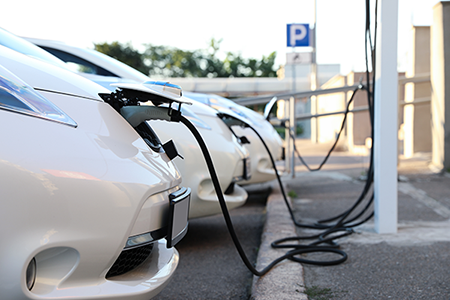DPF Nox sensors are a vital part of any diesel emissions system. Picking the right one is essential to keeping your system running smoothly.
Diesel particulate filters (DPFs) are vital for any emissions system. They help reduce the number of pollutants emitted by diesel engines, and they play a crucial role in keeping our air clean. One of the critical components of a DPF is the Nox sensor, which helps to monitor the level of nitrogen oxides in the exhaust stream.
If you’re looking for reliable and accurate DFP Nox sensors, look no further than the DPF Parts Direct. This sensor is made from high-quality materials and features patented optical sensing technology that provides superior performance and reliability. A warranty also backs it, so you can ensure that it’s built to last.
There are several types of DPF Nox sensors. The most common is the Lambda sensor, which measures the concentration of nitrogen oxides in the exhaust. Other kinds of Nox sensors include:
The Lambda sensor is the most common type of DPF Nox sensor. It is used to measure the concentration of nitrogen oxides in the exhaust. The advantage of this sensor is that it is very accurate. However, the disadvantage is that it is costly.
The Catalytic Nox sensor is another common type of DPF Nox sensor. It uses a catalyst to convert nitrogen oxides into nitrogen and oxygen. The advantage of this sensor is that it is less expensive than the Lambda sensor. However, the disadvantage is that it is not as accurate as of the Lambda sensor.
The Zirconia Nox sensor is another common type of DPF Nox sensor. It uses a zirconium oxide catalyst to convert nitrogen oxides into nitrogen and oxygen. The advantage of this sensor is that it is more accurate than the Catalytic Nox sensor. However, the disadvantage is that it is more expensive than the Catalytic Nox sensor.
The Split-type Nox sensor is the most accurate type of DPF Nox sensor. It has two ceramic sensing elements that measure the concentration of nitrogen and oxygen separately. The advantage of this sensor is that it is very accurate.
When choosing a DPF Nox sensor, it is crucial to choose the right type of sensor for your application. Suppose you are unsure which type of sensor is right for your application. In that case, you can contact a professional company that specializes in DPF Nox sensors. They will be able to help you choose the suitable sensor for your application.
Here are 10 things to consider when picking a DPF Nox sensor:
1) Accuracy
Accuracy is essential for any Nox sensor. The DPF Parts Direct is one of the most accurate sensors on the market. It features patented optical sensing technology that provides superior performance and reliability. Having great accuracy is essential because it helps to ensure that your engine is running at its optimum level and helps to reduce the number of pollutants emitted.
2) Cost
The cost of a sensor can vary depending on the brand and the features it offers. However, you don’t have to break the bank to get an excellent sensor. Try to find an affordable option that doesn’t sacrifice quality or performance. You can find this sensor for a great price, and it will still provide you with the accuracy and reliability that you need.
3) Installation
Installation can be a breeze, or it can be a nightmare. Make sure to pick a sensor that is easy to install, so you don’t have to waste valuable time and money on installation. Most DPF Parts are designed for easy installation and come with all necessary hardware. A warranty also backs it, so you can be sure that it will last.
4) Compatibility
Make sure to pick a sensor that is compatible with your vehicle. The DPF parts are designed for compatibility with most makes and models of cars. However, suppose you have a unique or custom setup. In that case, you may need to find a specifically designed sensor for your vehicle.
5) Brand
The brand of the sensor can be significant, as some brands are more reliable than others. However, there are many great options on the market, so don’t feel like you have to pick one particular brand.
6) Warranty
Always look for a sensor that comes with a warranty. This way, if anything goes wrong, you’re covered. Most DPF Nox sensors come with a limited warranty, so make sure to do your research. The more extended the warranty, the better.
7) Support
If you have any questions or problems with your sensor, you’ll want to make sure that you can get in touch with customer support. Make sure they have a dedicated customer support team that is always available to help.
8) Reviews
When picking a sensor, it’s always a good idea to read reviews from other customers. This way, you can see what others think about the sensor and see if it’s the right fit for you. Hundreds of positive reviews from happy customers are always a good sign.
9) Delivery
Make sure to pick a sensor that offers fast and free delivery. There is a ton of options with standard shipping on all orders, so you can be sure to get your sensor quickly and without any hassle.
10) Returns
In the unlikely event that you’re not satisfied with your sensor, make sure to pick a sensor that offers a hassle-free return policy. Most reputable sellers offer a 30-day money-back guarantee, so you can be sure that you’re getting the best possible sensor for your needs.
The evolution of DFF Nox sensors over time has been fascinating to watch. The first generation of DFF Nox sensors was fundamental and didn’t offer many features or options. However, the second generation of DFF Nox sensors was a significant improvement. It featured advanced optical sensing technology that provided superior accuracy and reliability.
The third generation of DFF Nox sensors took things a step further by offering even better accuracy and reliability. It also featured a more extended warranty and easier installation. The fourth generation of DFF Nox sensors is the latest and greatest. It offers even better accuracy, reliability, and structure than previous generations.
The future of DPF Nox sensors looks bright. With each new generation, the sensors get better and better. This trend is likely to continue in the future as technology advances and manufacturers strive to create the best possible products.
This means that DPF Nox sensors will only get better and better. They will become more accurate, reliable, and easy to install. In addition, the prices will continue to drop, making them more affordable for everyone.


